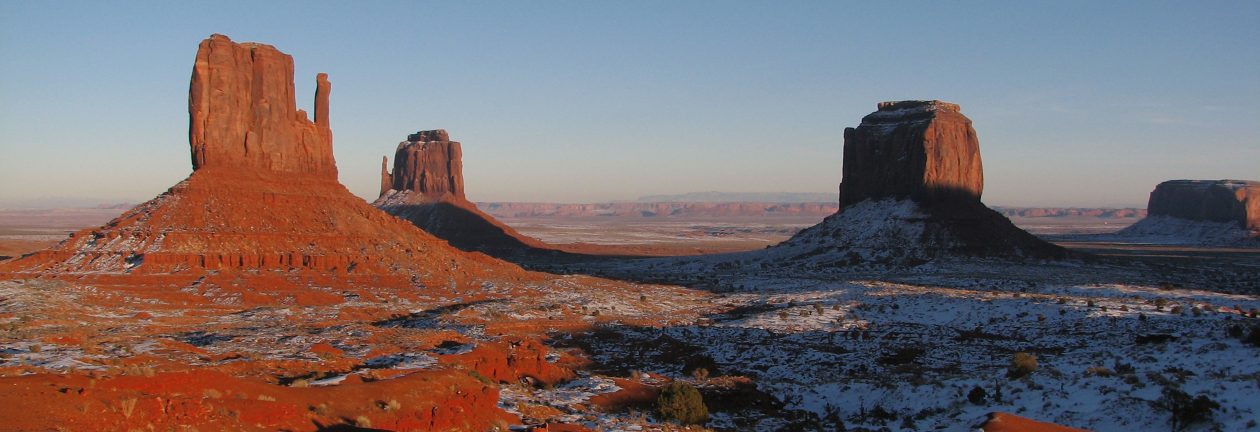Seville, Spain
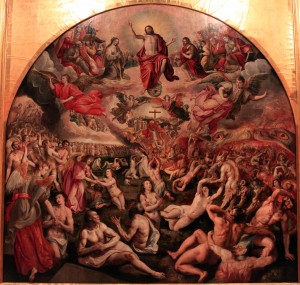
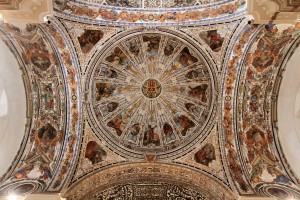
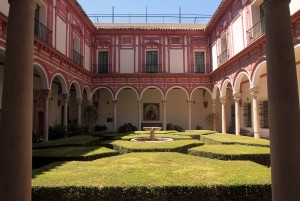
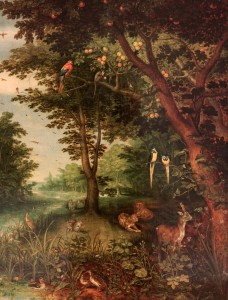
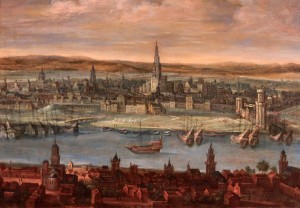
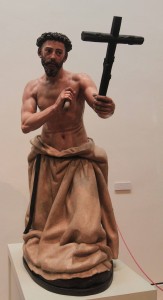
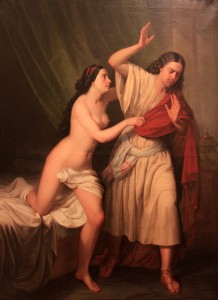
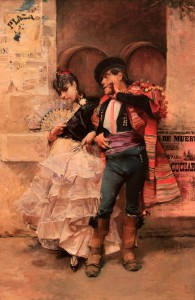
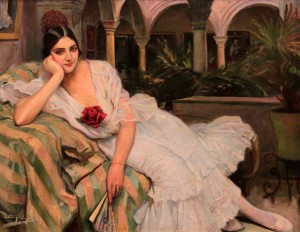
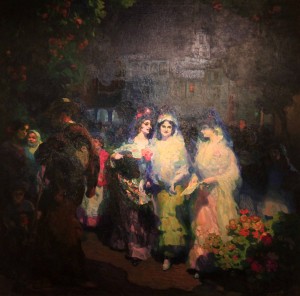
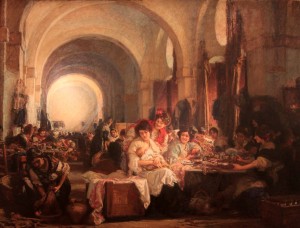
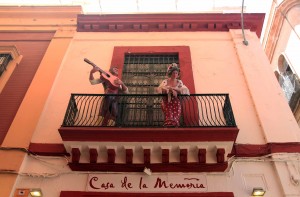
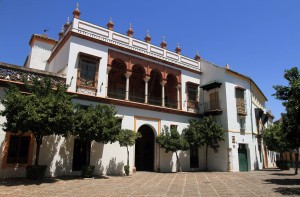
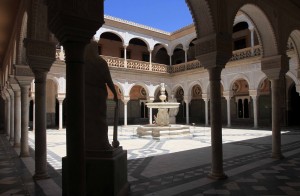
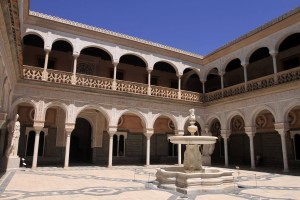
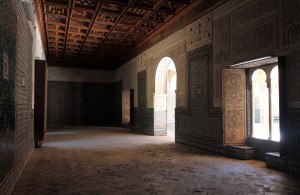
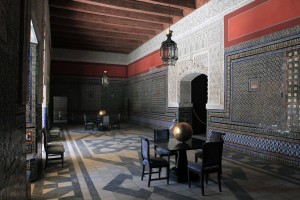
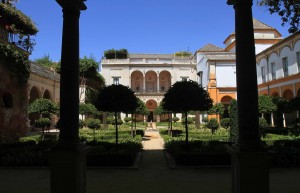
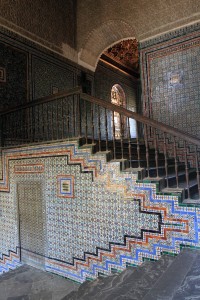
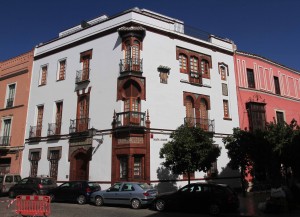
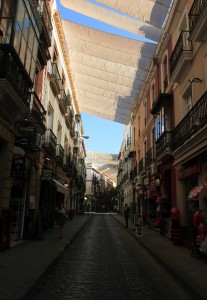
I woke up today around 10:20, showered (as soon as I was able to get out of bed since all the other guests were still sleeping in their beds and I didn’t want to take a chance that others would get to the bathroom before me, which probably would’ve ended up costing me an hour of waiting), dressed, got ready, took some pictures from the rooftop terrace, and then walked downstairs to the common room to research how to get where I wanted to go today. After using the frustratingly slow and intermittent internet available at the hostel, I finally exited the hostel and set out on foot to the Museo de Bellas Artes (that is: the “Museum of Fine Arts” of Seville), which houses a collection of mostly Spanish visual arts from the medieval period to the early twentieth-century AD, including a choice selection of works by artists from the so-called Golden Age of Sevillian painting during the seventeenth-century AD, (such as Murillo, Zurbarán, Francisco de Herrera the younger, and Valdés Leal). Upon entering the museum, I paid for the entrance ticket, store my tripod in a locker, and then began walking through the different exhibition rooms, looking at all the paintings and sculptures. I personally like nineteenth- to early-twentieth-century AD paintings the best (although Baroque and Renaissance paintings are great too), so I didn’t really start to enjoy this museum until I reached the rooms nearest to the end. After walking through all the rooms, I collected my tripod and exited the building. Next, I walked to a local Starbucks (these are all over Seville) and had a Mocha Frappuccino (served in a cup with a heart pierced by an arrow drawn on it – apparently the male barista found me desireable?). After that refreshing drink, I walked to the Palace of the Countess of Lebrija (located on Calle Cuna); this residence is from the sixteenth-century AD and has a great collection of well parapets, amphorae, columns and sculptures (so I’m told from the internet); unfortunately, upon reaching the residence, I discovered it was closed (during the hot summer months, the palace apparently closes at 15:00, which had just passed about a half hour ago when I reached it). I then walked to the Casa de Pilatos (“Pilate’s House”), which is a palace that serves as the permanent residence of the Dukes of Medinaceli; the palace is a mixture of Italian Renaissance and Mudéjar Spanish styles of architecture. The following story explains how the palace received its name: On October 20, 1520 AD, Don Fadrique (the first Marquis of Tarifa) returned from a trip through Europe and the Holy Land; during Lent in 1521 AD, he inaugurated the observance in Seville of the Holy Via Crucis (“Holy Way of the Cross”); the route for the Holy Via Crucis began in the Chapel of the Flagellations of his palace and ended at a pillar located not far from the Templete, or Cruz del Campo (“Cross of the Field”) located outside the city walls; this route ran the same distance of 1321 paces supposed to have separated the praetorium of Pontius Pilate from Calvary; the Marquis’s palace was then still partly under construction and it later became known as the Casa de Pilatos through its association with the Vía Crucis. Upon reaching Pilate’s House, I paid for the entrance ticket, received my audio guide, and began touring the ground floor (the first floor cost extra and is only accessible by a group tour, which is only done in Spanish). I walked around the main courtyard and explored the different rooms and gardens in the palace; most of the walls were covered in decorative tiles and Islamic-inspired moldings. After walking around the palace, I exited the building and walked to the bus station, where I bought my ticket to La Linea for tomorrow (the closest Spanish city to Gibraltar, which is my next destination). I then wandered around Seville some more before stopping at a restaurant for dinner. Once I realized that the service at this particular restaurant was practically nonexistent (two women at the table next to me had been waiting ten minutes or so to receive and pay their bill), I gave up and walked across the street to Burger King (unhealthy sure, but cheap and fast) where I had an iced tea, French fries, and a double cheese, bacon, and beef burger with barbecue sauce. After dinner, I returned to the hostel, booked two airline trips (to and from Morocco) and two lodgings (Gibraltar and Tangier), thus preparing for the next two legs of my journey. I then got to work typing out journal entries. I stayed up late typing away on my laptop and around 23:00 I opened the bottle of Spanish Tempranillo I had bought yesterday; this wine tasted of blackberries, wild berries, and plum. After finishing the wine and my typing for the day, I then went back to the dorm room, put my stuff away, and went to sleep around 03:00.
